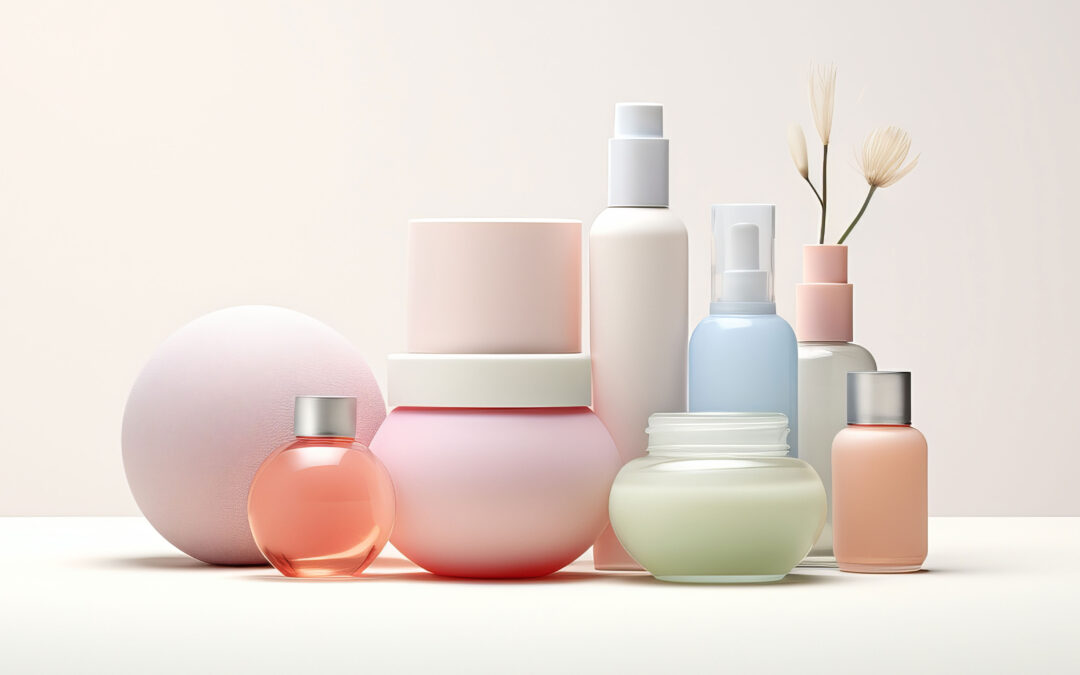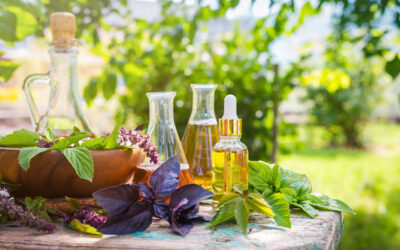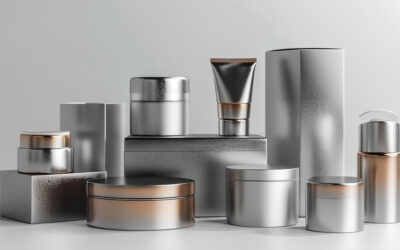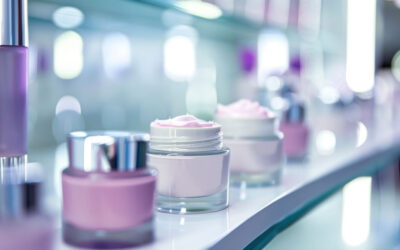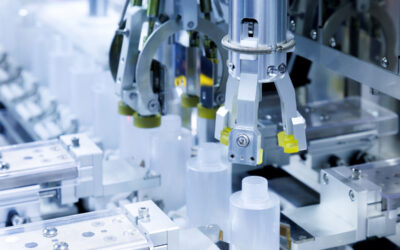Many people use cosmetics daily. they are people of all ages and gender. Wellness and self-care are important to consumers around the world. The industry is valuable. Trends indicate it is set to continue to grow. Three significant things are occurring in the beauty industry – marketing, technology, and men. Social media is a concept used for high engagement and entertainment that correlates with higher sales. Technology brings products to market faster. The number of men using personal care products is nearly double what it was in 2004.
The process of manufacturing cosmetics begins with an idea. Labs receive a brief to begin the work of creating them. Developers test the product for efficacy. Chemists receive feedback used to perfect the product. When it meets the criteria, testing the packaging against cold and hot extremes occurs. A scale-up process takes the product from the laboratory to the manufacturer, and then to the shelf.
Cosmetics Manufacturing Process
Developing a product formula is the beginning of a long process. The formula has to be efficient and safe for intended users. It is necessary to design appropriate cosmetics private label and packaging. The package required ensures a tight seal and sufficient protection. A chosen container depends on the cosmetic product category.
In cosmetic manufacturing, the company conducts tests to verify the safety of the final product. They include application and dermatological tests. The next step is to ensure the supply chain of raw materials is sufficient. A cosmetic line is useless without sufficient manufacturing materials.
Another part of the product process is planning for the storage and transportation of the product. There are stringent regulations for the transportation and storage of private-label beauty products. Storage conditions influence the shelf life and quality of cosmetics.
Cosmetic Ingredients
Each cosmetic item has a unique blend of chemicals. Most products have some common ingredients. Here is a list of ingredients and their purpose.
Water
Water is first on this list because it is the most common. it is the basis for many creams, cleansers, shampoos, and deodorants. Water dissolves many other product ingredients.
Emollients
These ingredients have a skin-softening effect. Found in many balms, lotions, and creams, they create a protective film that traps moisture and reduces water loss. Silicone, waxes, and oils are examples of emollients.
Emulsifiers
Emulsifiers keep other ingredients like oil and water from separating. They extend the shelf life. Emulsifiers, such as potassium cetyl sulfate, polysorbates, and Laureth-4 create even, homogenous consistency.
Fragrances
These ingredients have the role of making products appealing to consumers. A skin care manufacturer uses natural and chemical ingredients to create a pleasant smell.
Glitter
Glittering and shiny OEM cosmetics are eye-catchers. Bismuth oxychloride and mica are the most common ingredients used to produce a shimmering effect.
Pigments
Coloring pigments and agents achieve beautiful shades of blushes, lipsticks, and eye palettes. They include beef powder, manganese, mica flakes, iron oxide, and others.
Preservatives
Preservatives are a vital class of ingredients. They extend the shelf life of OEM skin care products due to their anti-microbial properties that prevent cosmetics from going bad.
Thickeners
These ingredients impact the product’s consistency. Some ingredient combinations fail to result in an elegant or pleasant consistency. Thickeners correct the issue. Cosmetic contract manufacturing uses silica, cetyl alcohol, gelatin, and Xanthan gum as thickeners.
Production Laboratory
Private label beauty products are preferable to white label cosmetics. There are endless formulas from which to choose. The products and design are more customizable and perceived by professionals as a reliable, safe option. The laboratories that make them have a checklist of quality control guidelines that refer to the environment and equipment.
Laboratories are suitable in size, design, and construction that permit proper maintenance and cleaning, sanitary operation, orderly storage of materials, and unobstructed equipment placement. Utensils and equipment used in the process of holding, transfer, and filling are of the appropriate workmanship, material, and design.
Safety Regulations in the Cosmetic Industry
The two laws of the most importance that pertain to cosmetics marketed in the U.S. are the Fair Packaging and Labeling Act and the Federal Food, Drug, and Cosmetic Act. Color additives are the only ingredient that requires FDA approval before going on the market. but some regulations and laws apply to interstate commerce marketing.
Best practices include manufacturing at a GMP (Good Manufacturing Practice) facility that ensures consistent manufacturing to an appropriate quality for the intended use. A robust testing program that tests everything from raw materials to the finished product is also among the best practices.
Cosmetic contract manufacturing
LCB is active in cosmetic contract manufacturing. The safe and rigorous manufacturing process ensures the safety and effectiveness of the OEM cosmetics and skin care products we manufacture. Ingredients selected comply with regulations. They undergo continuous checks from preparation to packaging to warehouse storage.
We are the perfect partner for creating private-label beauty products. Our team provides a complete service from developing formulas to packaging the products. LCB laboratory is a leader in producing and selling cosmetics based on raw materials and natural extracts.

